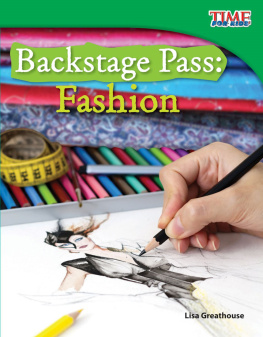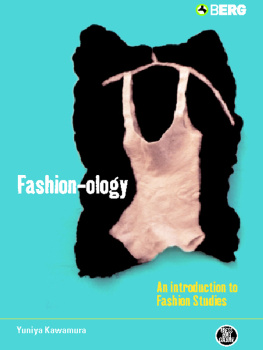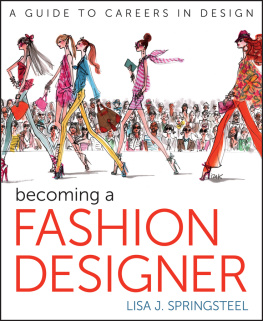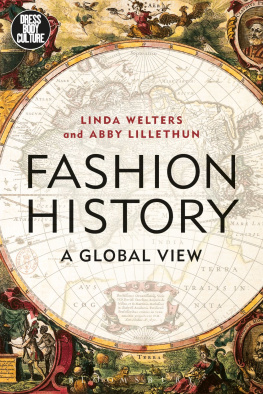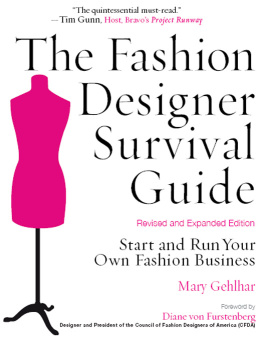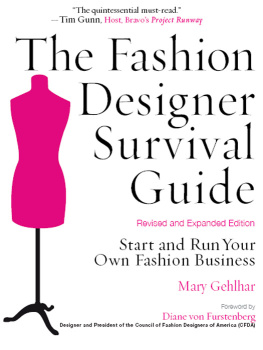Contents
Landmarks
Page List
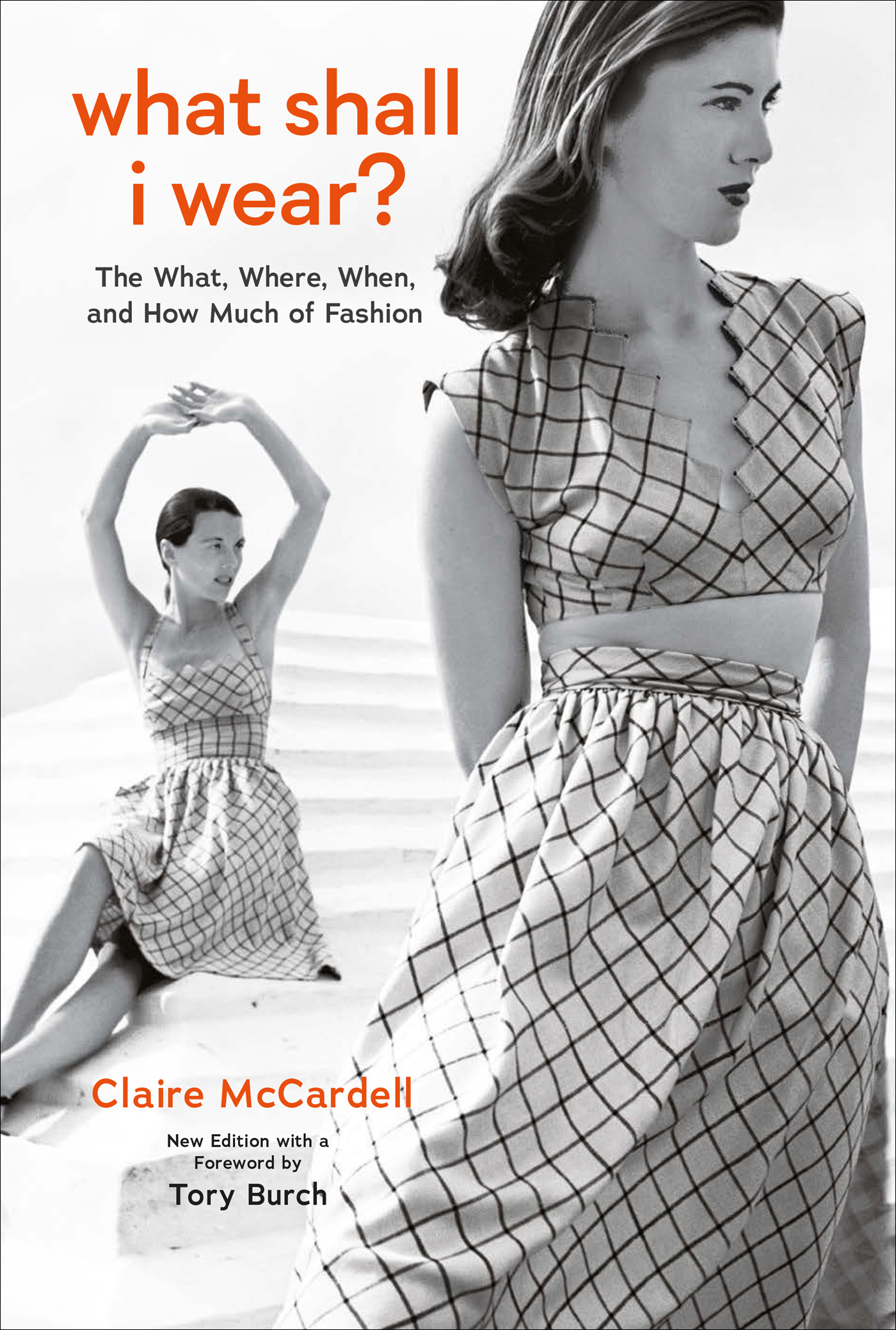

Editor: Rebecca Kaplan
Managing Editor: Glenn Ramirez
Design Manager: Darilyn Lowe Carnes
Production Manager: Kathleen Gaffney
This edition typography, design, and layout copyright 2012
The Rookery Press
Foreword Tory Burch LLC
Afterword Allison Tolman
Cover 2022 Abrams
Published in 2022 by Abrams Image, an imprint of ABRAMS. All rights reserved. No portion of this book may be reproduced, stored in a retrieval system, or transmitted in any form or by any means, mechanical, electronic, photocopying, recording, or otherwise, without written permission from the publisher.
Library of Congress Control Number: 2022933029
ISBN: 978-1-4197-6383-0
eISBN: 978-1-64700-922-9
Abrams books are available at special discounts when purchased in quantity for premiums and promotions as well as fundraising or educational use. Special editions can also be created to specification. For details, contact specialsales@abramsbooks.com or the address below.
Abrams Image is a registered trademark of Harry N. Abrams, Inc.

ABRAMS The Art of Books
195 Broadway, New York, NY 10007
abramsbooks.com
CONTENTS
by Tory Burch
by Allison Tolman
FOREWORD by Tory Burch
One of the things I love most about fashion is that it can make you feel differentlymore confident, more beautiful, more like you. Claire McCardell understood this when she said dress for yourselfnot for anyone else. This was radical in the 1940s, when she had genuinely invented American sportswear and revolutionized the way we dress. Her designs instilled a sense of freedom, encouraged self-expression, and empowered women with a casual elegance that is as relevant today as it was seventy-five years ago.
So many of McCardells ideas and innovations are taken for granted now: zippers on skirts, wrap dresses, ballet flats, spaghetti straps, dolman sleeves, mix-and-match separates. She was the first designer to put pockets on a dress, and she used hooks and eyes in lieu of corsets to define the waist. While other designers looked to Paris couture for inspiration, McCardell elevated the practical needs of American women. She gave them fabrics that were soft and durable, sleeves that could be rolled up, and silhouettes that moved with the body, not against it. Everything was intentional, nothing was frivolous, and comfort was as vital as glamour.
I first discovered McCardell as an art history student at the University of Pennsylvania, but Ive been particularly drawn to her work in recent years. Whats amazing to me is how her clothes let women feel unencumberedelegant, yet at ease as they moved through their busy days. I love that McCardell was a contrarian, using jersey and cotton for evening gowns and borrowing denim, rivets, and topstitching from mens workwear. She broke rules with her own style as well, tying ribbons and shoelaces around her neck instead of pearls. In this charming book, which has been updated for the first time in decades, she encourages women to take similar risks, to have fun with fashion, and to make it their owna mantra as timeless as her popover dress.
Unsurprisingly, women wore McCardells clothes to shreds. I learned this when I visited the Maryland Center for History and Culture (MCHC) in Baltimore, home to one of the largest archives of McCardells oeuvre, including letters, journals, and transcripts of interviews donated by her family after her death in 1958. There are thirty original McCardell piecessome from her own wardrobebut only thirty, because women truly lived in her clothes.
It isnt an exaggeration to say she has inspired every designer, and I think she deserves far more recognition. In addition to starting her own business in the forties, McCardell was the first American woman to print her name on her clothing labelsnot the manufacturers. I hope this book will educate the next generation about her ingenuity and her remarkable entrepreneurial spirit.
I cant overstate McCardells impact on me as a designer, and I feel its important to help preserve her legacy. Weve established the Tory Burch Claire McCardell Fashion Fellowship at the MCHC, which will give a professional in the museum field the opportunity to create an exhibition on the designers life and work. The exhibit will highlight her significance not only to American fashion, but to womens history.
On that note, its critical to point out that for all the great style advice in What Shall I Wear? this book includes some dated language that todays reader will find antiquated at best, offensive at worst. There are cultural stereotypes, diet and exercise tips that we now recognize as body shaming, and archaic suggestions about dressing for your husbands tastes rather than your own. At several moments, I questioned, Is this really what Claire believed? A conversation with the MCHC team revealed that, in fact, there were two voices at work here. According to the original manuscript, McCardell brought in a ghostwritera standard practice at the time, and necessary as McCardell was running her business and battling cancer when What Shall I Wear? came together. In her notes and early drafts of the book, McCardells voice is witty and modern, reflecting her desire to free women through her clothes. However, the ghostwriter, Edith Heal, had quite traditional views about femininity; Allison Tolman, the vice president of collections at the MCHC, explains this in the books useful afterword.
In todays context, the books flaws are a striking reminder of where women were in the forties and fifties, but theyre also a testament to how far weve come. Of course, our work wont be done until everyone can liveand dressby their own rules. Im of the belief that if we dont know history, were bound to repeat it, and if McCardell were here now, I think she would give What Shall I Wear? a major revise. We wouldnt just be on the same page, she would be turning the next one for us allno doubt an even greater champion of women, creating even more beautiful clothes to uplift and empower us.
CHAPTER 1
WHAT IS FASHION?
What is Fashion? What do I really know about it? And who am I to tell about it?
I who love some twenty-year-old dresses far better than the latest look. I who must nevertheless have new clothes, and want them, and look forward to everything that does with them. The excitement of a new line... the feel of the right color... the eternal chances I know Im going to take with material and texture and places and peopleall mixed up with clothes. And the fun of it all.
Fashion should be fun, and whenever I am tempted to take it too seriously, if I design something that asks for a pedestal in the Museum of Modern Art, I am tumbled down to earth by the blunt voice of a buyer: Where would you wear it? And mentally I applaud because I believe that clothes are for real, live women, not for pedestals. They are made to be worn, to be lived in. Not to walk around on models with perfect figures.
But to go on trying to find out what fashion is:



